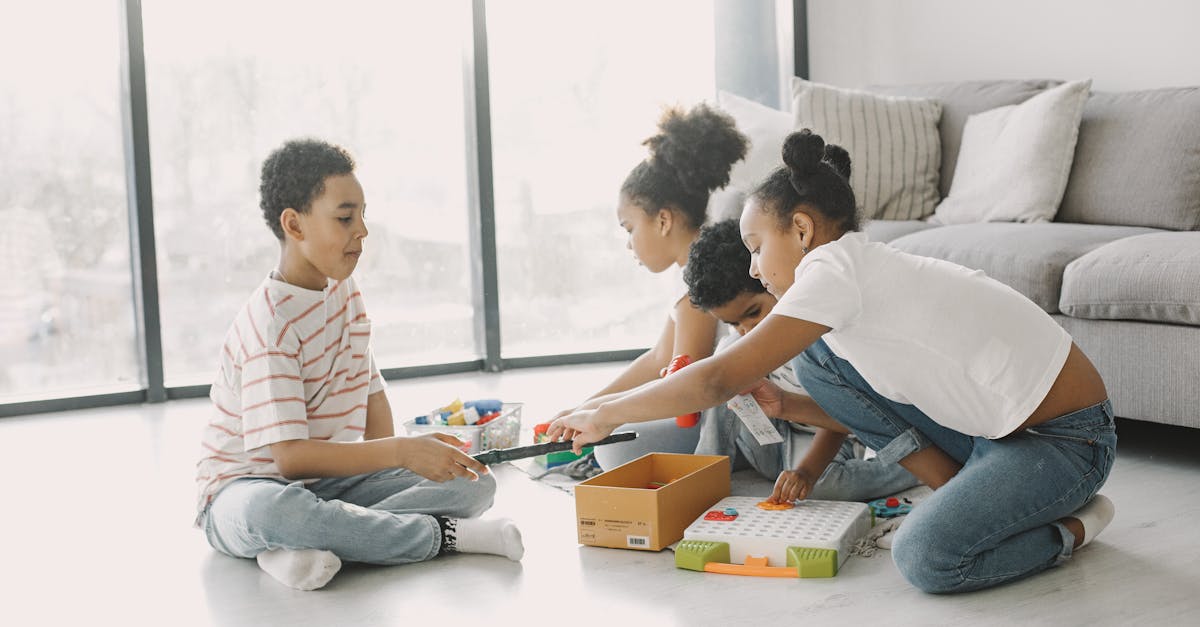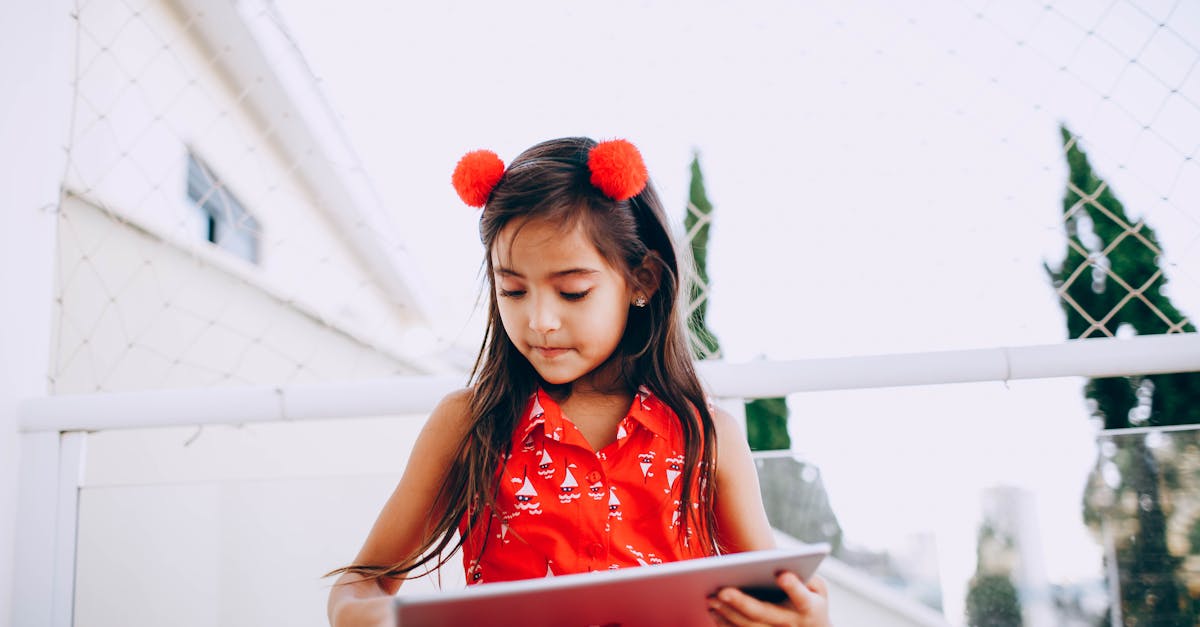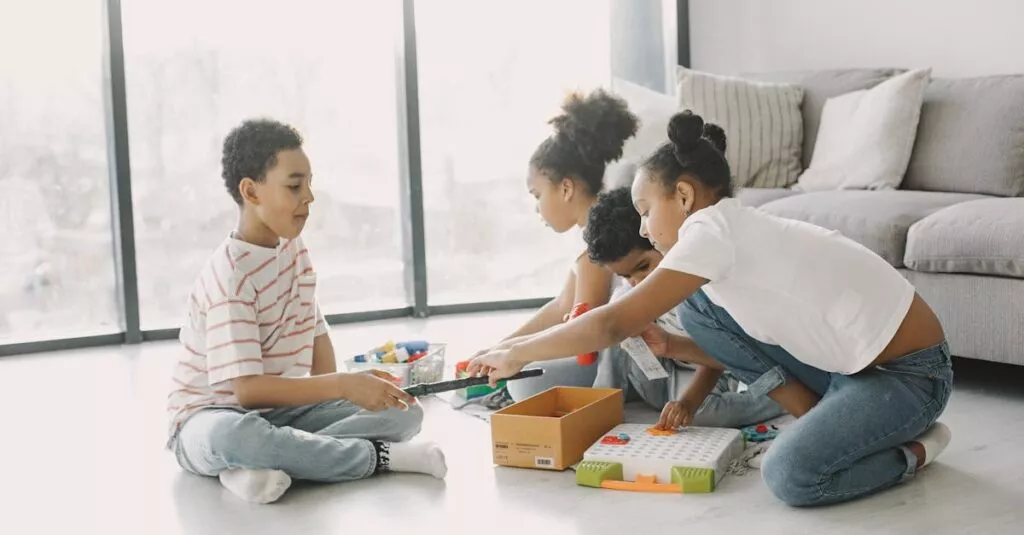Embracing Change, One Bot at a Time
AI in early childhood education isn’t coming; it’s already here. From smart toys that teach languages to algorithms that adapt learning materials to a child’s pace, the future feels a lot more like the Jetsons every day.
But let’s be real; the thought of our toddlers learning life skills from robots can be as unsettling as finding a leftover baby bottle under the couch after a hot summer week. The key? Understanding and navigating this new landscape with a few laughs along the way.

Embrace the change, adapt to new technologies, and remember that the goal is to provide the best learning opportunities for our little ones. While robots can assist in the educational process, the human touch and guidance are irreplaceable.
Is Your Toddler Talking to AI More Than You?
Picture this: You walk into your child’s room to the sound of chatter, only to find them deeply engrossed in conversation — with a device. Welcome to the 21st century, where your toddler might just have more heart-to-hearts with AI than with family. It’s a strange thought, but as AI becomes more integrated into our daily lives, it’s crucial to balance these interactions with human connection. Remember, AI can teach our kids to count, but it’s up to us to teach them about counting on each other.

It’s essential to monitor and guide how much time your toddler spends interacting with AI and ensure they have ample face-to-face interactions with family members and peers. While AI can be a valuable learning tool, nothing can replace the emotional connections and social skills developed through real-life conversations.
Digital Playmates: Boon or Bane?
Let’s face it, the idea of your child having a digital playmate is a double-edged sword. On one hand, educational AI toys can offer personalized learning experiences, making education more engaging and accessible. On the other, the screen time and potential lack of social interaction can be concerning. As with most aspects of parenting, it’s all about balance. Encouraging interactive play with both AI and humans (yes, even annoying little siblings count) is key to a well-rounded upbringing.

Having a digital playmate for your child can be both beneficial and challenging. While educational AI toys enhance learning experiences, excessive screen time and a lack of social interaction are valid concerns. Striking a balance between digital and human interaction is vital for a child’s holistic development.
From ABCs to Algorithms: The New ABCs
Gone are the days when learning the ABCs was as advanced as it got in preschool. Today, our kids are as likely to be found practicing algorithms as they are singing alphabet songs. While it may sound daunting, it’s actually a great opportunity. Introducing concepts like coding and logical thinking early on prepares children for a digital future, without missing out on the childhood classics. Just make sure their favorite bedtime story doesn’t start with ‘Once upon a time, in a far-off server…‘

Fostering Emotional Skills in an AI-Driven World
In a world buzzing with gadgets and driven by digital assistants, fostering emotional and social skills is more important than ever. AI can teach your child to solve math problems or explore the solar system, but understanding emotions and building relationships? That’s where real, live humans come into play. Ensuring our kids grow up empathetic and emotionally intelligent in an AI-driven world means being present, showing love, and teaching kindness — no batteries required.

Fostering emotional skills involves:
- Teaching empathy and understanding
- Encouraging healthy communication
- Promoting self-awareness
